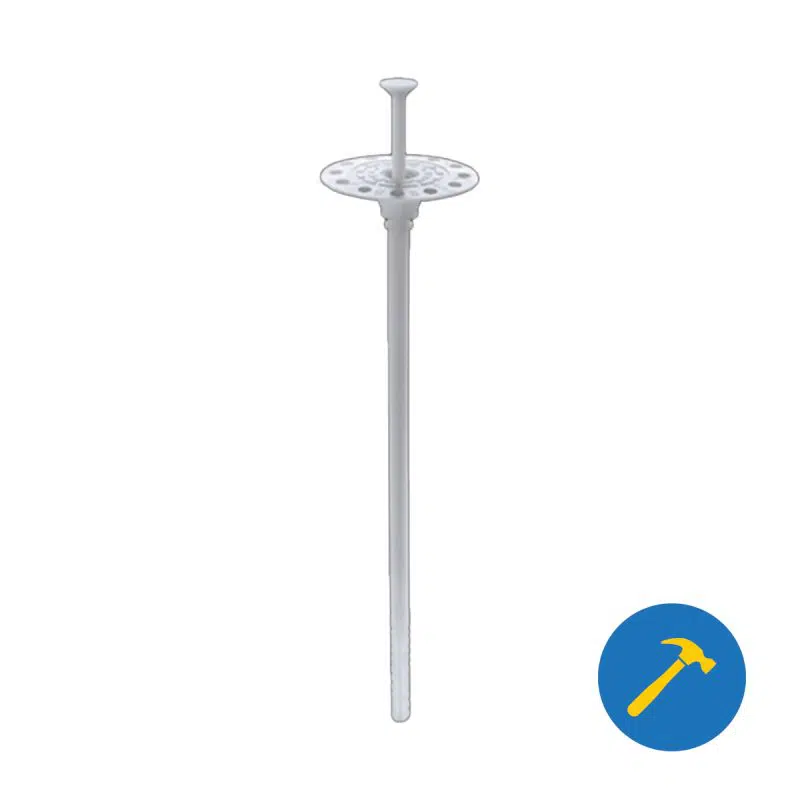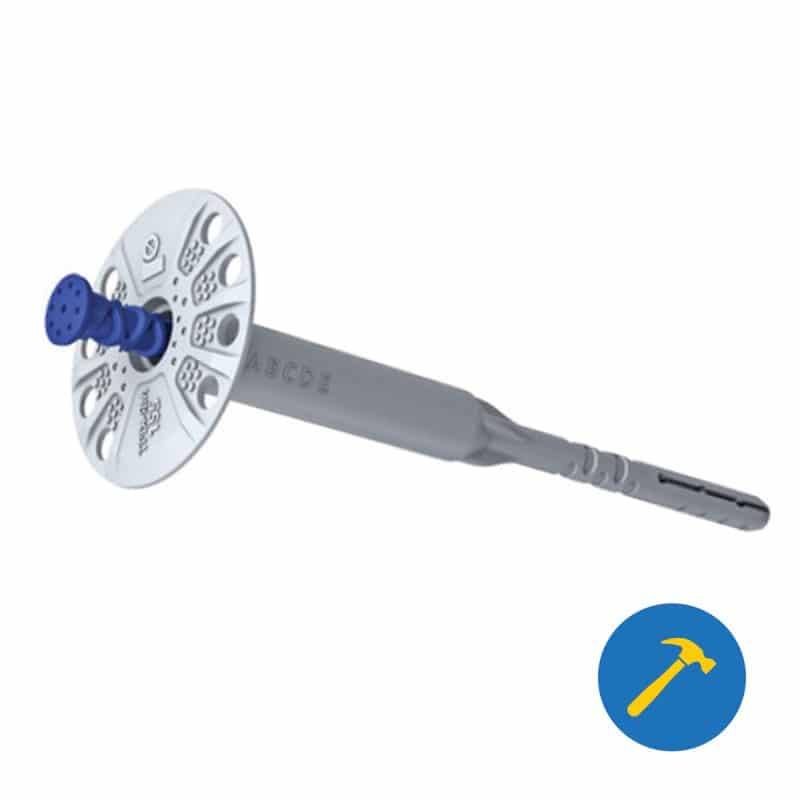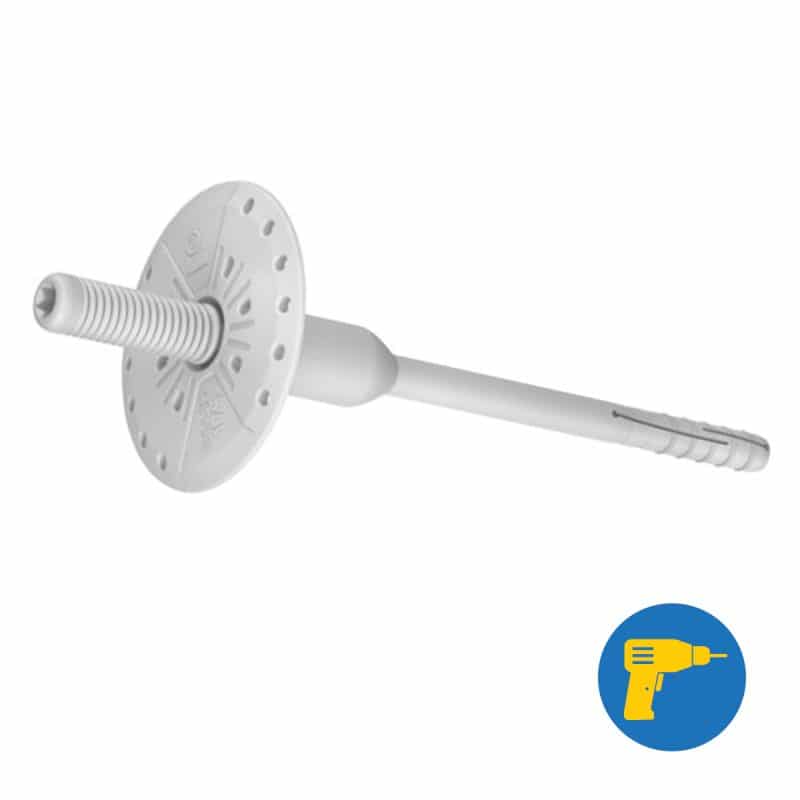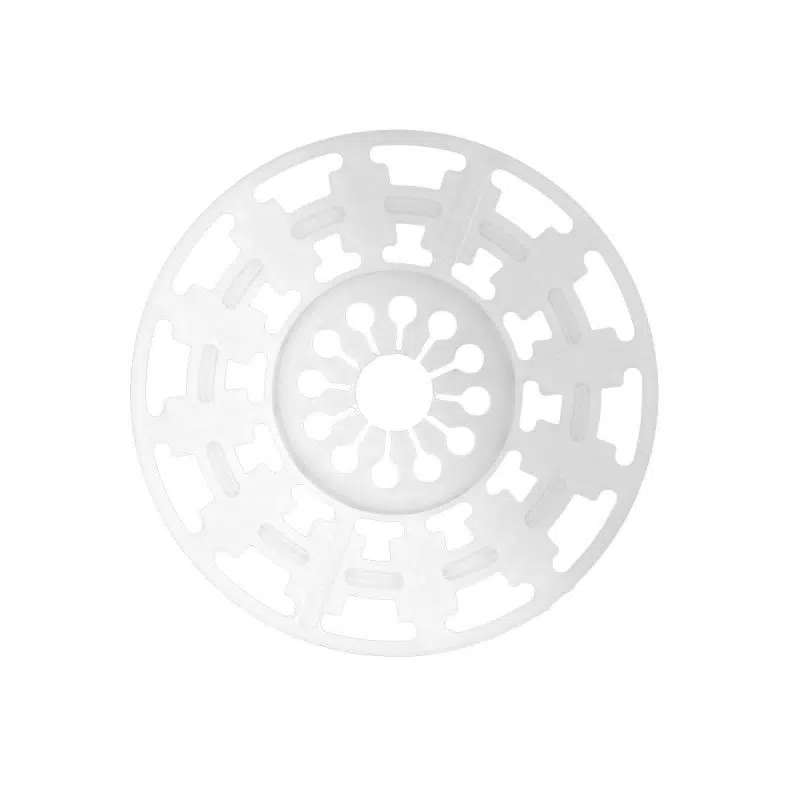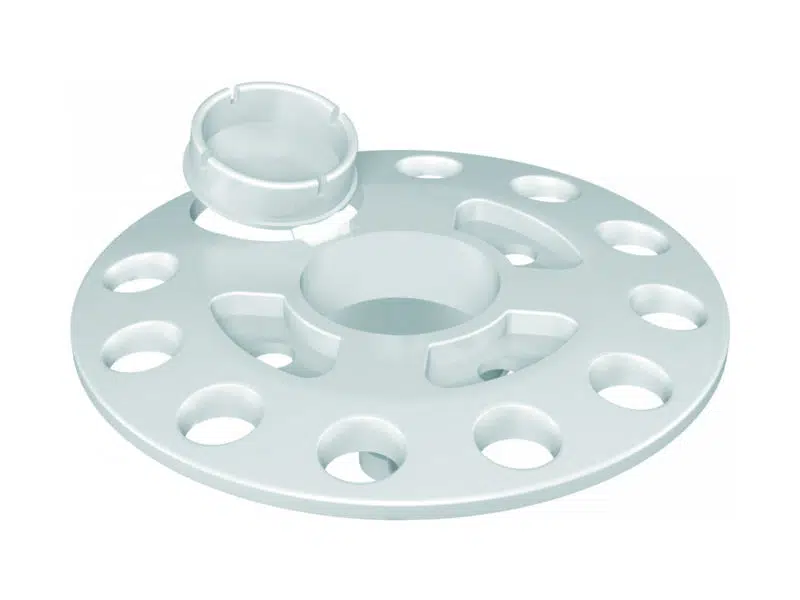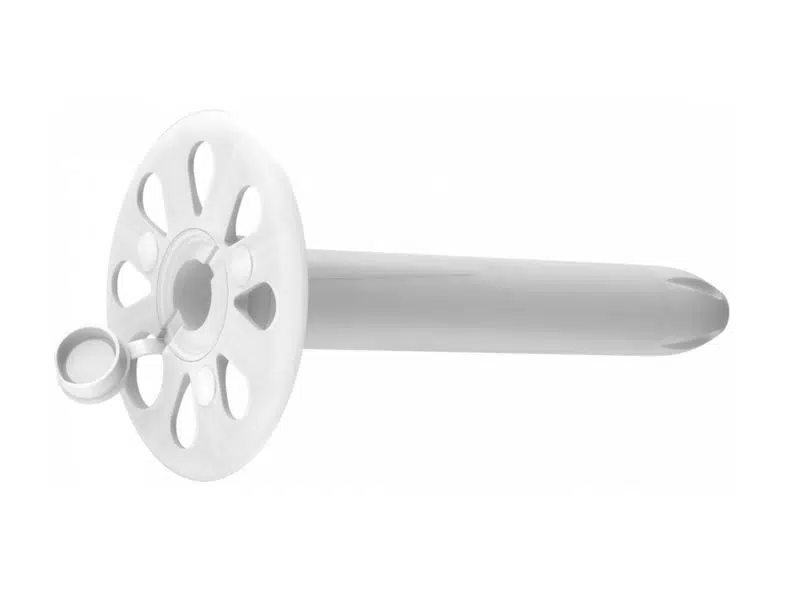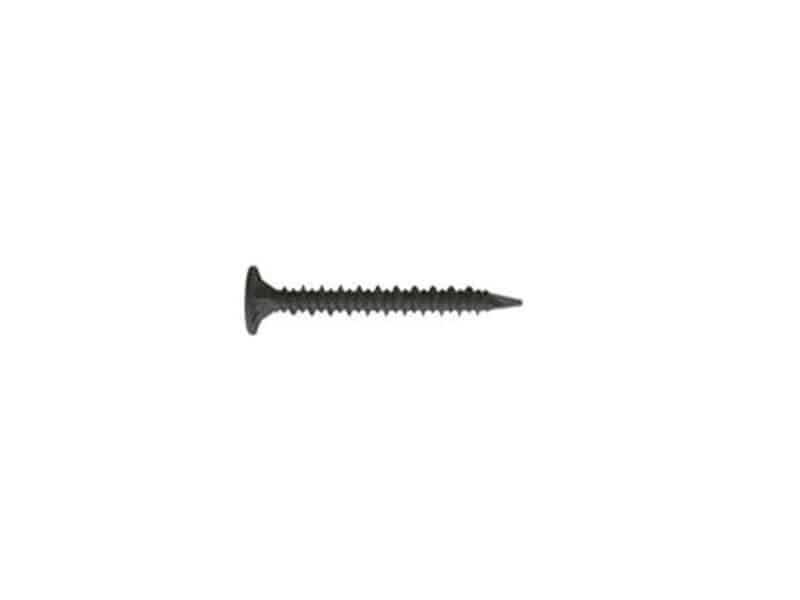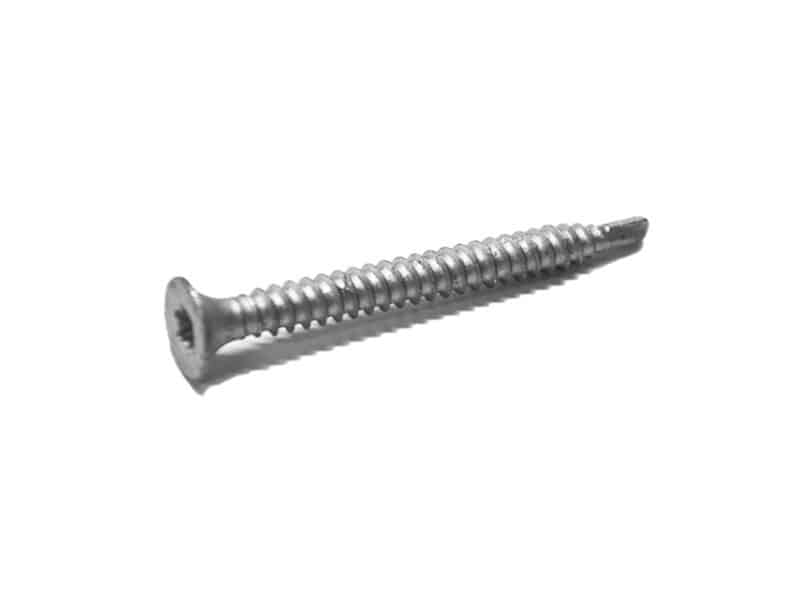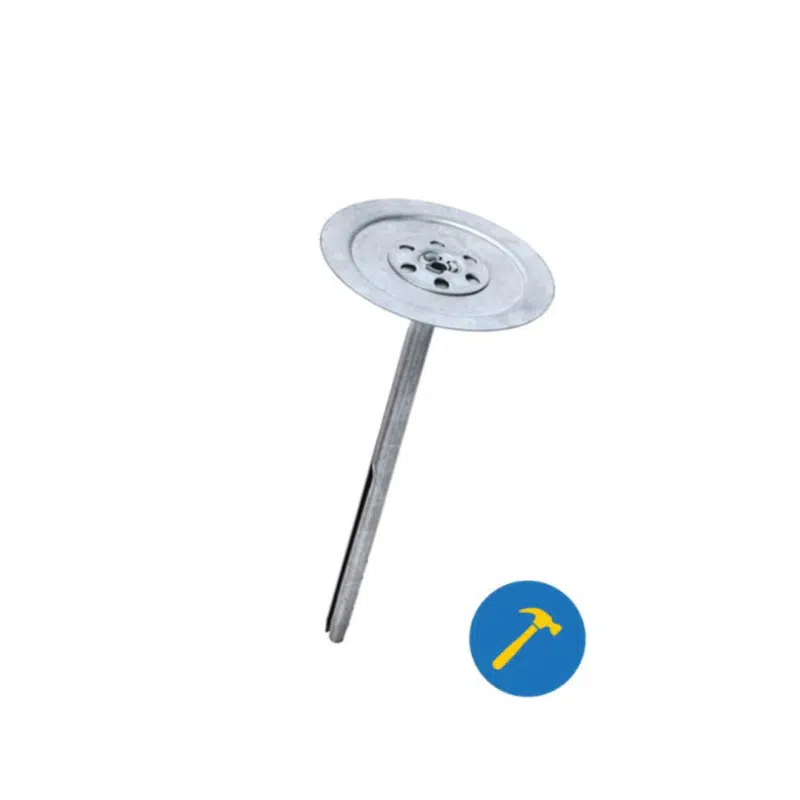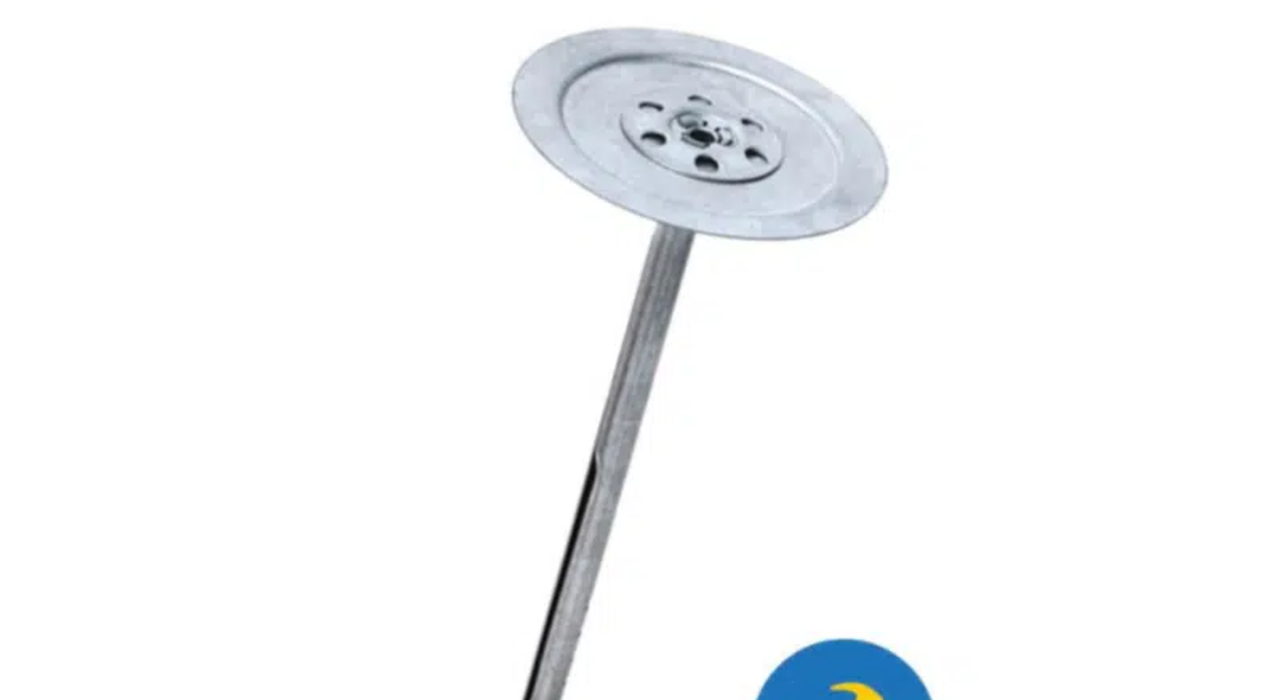
At EWI Store, we have an extensive selection of screws and fixings. In this blog, we will take a look at the different kind of fixings we have in our store, when they can be used, and how they can suit your varying project’s needs. This way, you can stay informed about which ones are right for you.
What are fixings?
Before we explore our various groups of fixings on offer, it is worth outlining exactly what we mean by the term and what they are in relation to EWI installation.
Fixings is the name given to the overarching category of products that is made up of screws, discs, and washers. When it comes to external wall insulation systems, fixings are a necessary step in securing and holding the overall system firmly in place.
As there are many different types of fixings available on the market for varying purposes, we will outline some of the key groups and purposes throughout this blog.
Why use fixings in EWI installation?
At this point, you might be wondering why exactly you should use fixings as part of your EWI system?
As mentioned, fixings and screws securely hold the system in place. A strong and secure insulation system is necessary for ensuring the system lasts for years to come. Our screws and fixings come in a range of sizes, lengths, and shapes.
Masonry (Brick and Block)
The first fixings we will discuss are used to anchor insulation directly to brick or block substrates. These fixings are always used in solid wall insulation systems as they secure the insulation in place.
There are a few different types of fixing in this group:
- Plastic hammer fixing. These consist of a plastic sheath and a plastic pin. A hole is drilled through the insulation and into the block. The sheath of the fixing is inserted into it and the plastic pin is then hammered into place. These are available in a range of thicknesses depending on the thickness of the insulation system. Typically, we recommend using a fixing at least 40mm longer than the thickness of the insulation. E.g., if you use a 50mm insulation board the mechanical fixing should be at least 90mm.
- We also offer metal hammer fixings. Much like the plastic hammer fixings, these consist of a plastic sheath, but the pin that is hammered in is made of metal. As you would expect, these are much stronger than the plastic hammer option.
- Finally, in this group, we offer Screw fixings. A great example of this type of fixing is the Rawlplug R-TFIX-8S. These also have a plastic sheath, but the pin is screwed in, instead of hammered into place. A key advantage of screwing the pin into place is that there is no impact damage caused to the underlying brick or block.
Fixing Spreader Washers
Another main group of fixings that we offer are ‘fixing spreader washers.’ These are typically used in conjunction with mineral wool insulation.
When using this particular type of fixing, we suggest inserting one of our hammer or screw fixings through the fixing spreader washer. This helps to increase the surface area of the head. In turn, the system is anchored more securely to the wall.
Insulation to Sheathing Board Fixings
Sheathing boards have their own specific set of fixings. In this instance, you will need two key components – a fixing disc and an appropriate screw (depending on the type of sheathing board the insulation is going in to).
Simply insert the screw through the fixing disc, then, insert it through the insulation and screw into the sheathing board. Please note that the screw must be longer than the insulation board you are fixing to the sheathing board!
Our screws are designed for use with different types of sheathing board. For example, the Wkret-Met KMH-60 is used when the insulation is being screwed to a wooden sheathing board. Whereas the Rawlplug R-WX self-drilling screw is perfect for screwing into sheet steel.
The Rawlplug KCX Tubed insulation washer is used much like the fixing discs. However, it allows you to secure very thick insulation to the sheathing board. The KCX tubed washer is pushed into the insulation (105mm long) and then a screw is inserted through the bottom of this. A 100mm screw used in conjunction with the KCX would allow you to anchor 200mm thick insulation!
Render Carrier Board
Another important group worth discussing are render carrier board fixings. These are typically short screws (30 – 50mm), composed of high-quality stainless steel, and are used to attach render carrier boards to battens.
Normally, we recommend using 30 screws per render carrier board (when the carrier board is 2400 x 1200). We stock a selection of render carrier board screws from top manufacturers like Rawlplug, STS, and Evolution.
Please be aware that you will require specific screws depending on the batten material (typically steel or wood). For example, you can use the Evolution WHX for wood, and the Rawlplug – R-WX for steel battens.
Render-only
Another key group worth discussing is render-only. While these are not a necessity, they are useful in helping to anchor render only systems to potentially unstable substrates (e.g., sand and cement render).
While lightweight silicone renders shouldn’t put too much strain when applied to existing sand and cement render, render-only fixings can be used to reinforce the system.
Once the mesh basecoat layer has been applied, these work to tie the mesh to the substrate. This helps the render only system stay in place for years to come.
Fire-break Fixings
Unlike the sheath and pin system, the sheath is hammered into the place, successfully holding the insulation in place. The Rawlplug MBA fixing works well in conjunction with the MKC Steel washer. The surface area of the head of the MBA is increased and anchored more securely.
Insulation Accessories
Finally, we have ‘insulation accessories.’ This category features a range of miscellaneous insulation fixings and accessories that are useful, but do not necessarily fit the above groupings.
For example, you can find fir tree fixings - which are used to tie beading to insulation. We also have the whole Swifix range which allows you to anchor the likes of Sky Dishes directly to brick or block beneath the insulation system. You can also find spiral anchors which can be used to secure lightweight items to EWI systems, as well as screws to attach starter track to walls.

